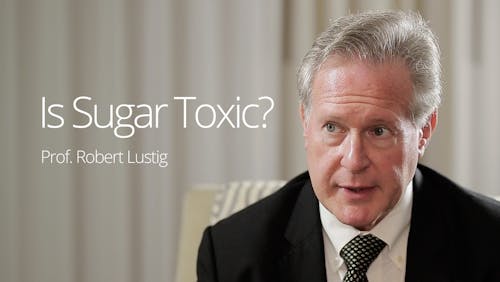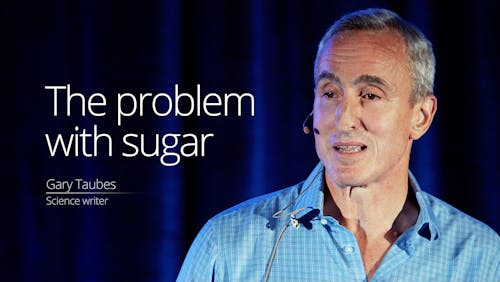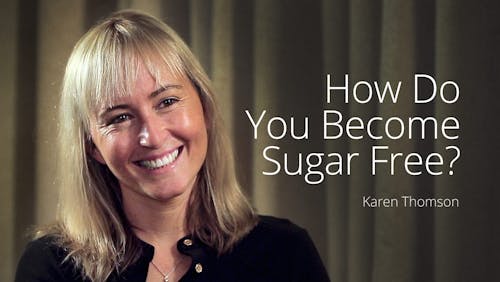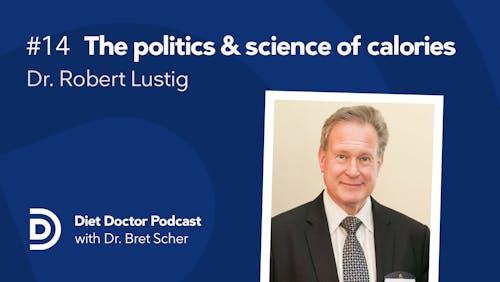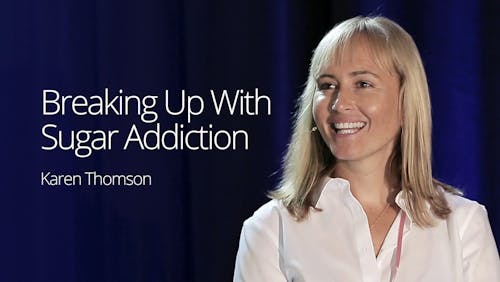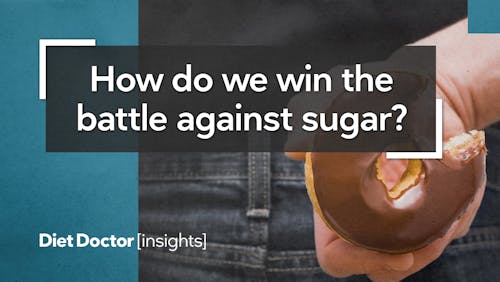Cutting liver fat by cutting added sugars – could it be that simple?

Fatty liver disease is a silent epidemic. The Centers for Disease Control estimates that one in five American adults and one in ten adolescents have non-alcoholic fatty liver disease — it’s a bit of a mouthful, and often abbreviated with the acronym NAFLD. That makes NAFLD more common than diabetes, Alzheimer’s and breast or prostate cancer, yet we hear little about this disease and the real, long-term damage it can cause.
The search for drug treatments that reduce NAFLD or improve its symptoms have not been fruitful. Could something as simple as eliminating added sugars from our diets be the answer?
A new study published in JAMA (and out of the University of California San Diego and Emory University schools of medicine) shows that adolescents who cut out added sugars, but do little else to change their diets, can quickly improve their health, reducing liver fat by 31% on average in just two months.
The New York Times: To fight fatty liver, avoid sugary foods and drinks
In this randomized clinical trial, 40 adolescent boys with a diagnosis of NAFLD were randomized into two groups. The children in the control group received the usual care, which is advice to exercise and eat healthy foods.
The kids in the experimental group received an impressive intervention to eliminate added sugars from the diet of the entire family. Dietitians customized eight weeks of meal plans for each household that respected the families’ food habits and preferences, while eliminating added sugar. Sugary beverages (including juice) were replaced with water, milk and unsweetened iced tea. To make it easier for families, and improve the researchers’ control and certainty of compliance, meals were prepared by dietitians and delivered to the study participants.
How did the children do on this carefully enforced, no-added-sugar diet? Extremely well. The New York Times provides a summary:
After eight weeks, the low-sugar group had gotten their added sugar intake down to just 1 percent of their daily calories, compared to 9 percent in the control group. They also had a remarkable change in their liver health. They had a 31 percent reduction in liver fat, on average, compared to no change in the control group. They also had a 40 percent drop in their levels of alanine aminotransferase, or ALT, a liver enzyme that rises when liver cells are damaged or inflamed.
Note that the point of this study was to look at the role that added sugar plays in NAFLD and discover whether eliminating just that might be an effective treatment. This was not a low-carb study. Weight loss was not a goal and the children lost only, on average, about three pounds. But for the liver health of these adolescent boys, the power of simply eliminating added sugars was obvious — even dramatic.
Other small studies with adult subjects have shown large, rapid reductions of liver fat using a ketogenic diet, which eliminates not only added sugar but most naturally occurring sugars and starches, too. Studies show keto can also lead to meaningful weight loss… a bonus of sorts for those seeking a healthier liver!
This work was funded in part by the Nutrition Science Initiative, a non-profit co-founded by journalist and low-carb advocate Gary Taubes. The National Institutes of Health, as well as participating research universities also provided funding.
We are grateful for this evidence that speaks directly to the damage to our children that can be reversed by eliminating sugar.
Earlier
Groundbreaking study: low carb is an effective treatment for fatty liver
New study: Can low carb help reverse a fatty liver?
Fatty liver disease fastest-growing reason for transplants in young U.S. adults
